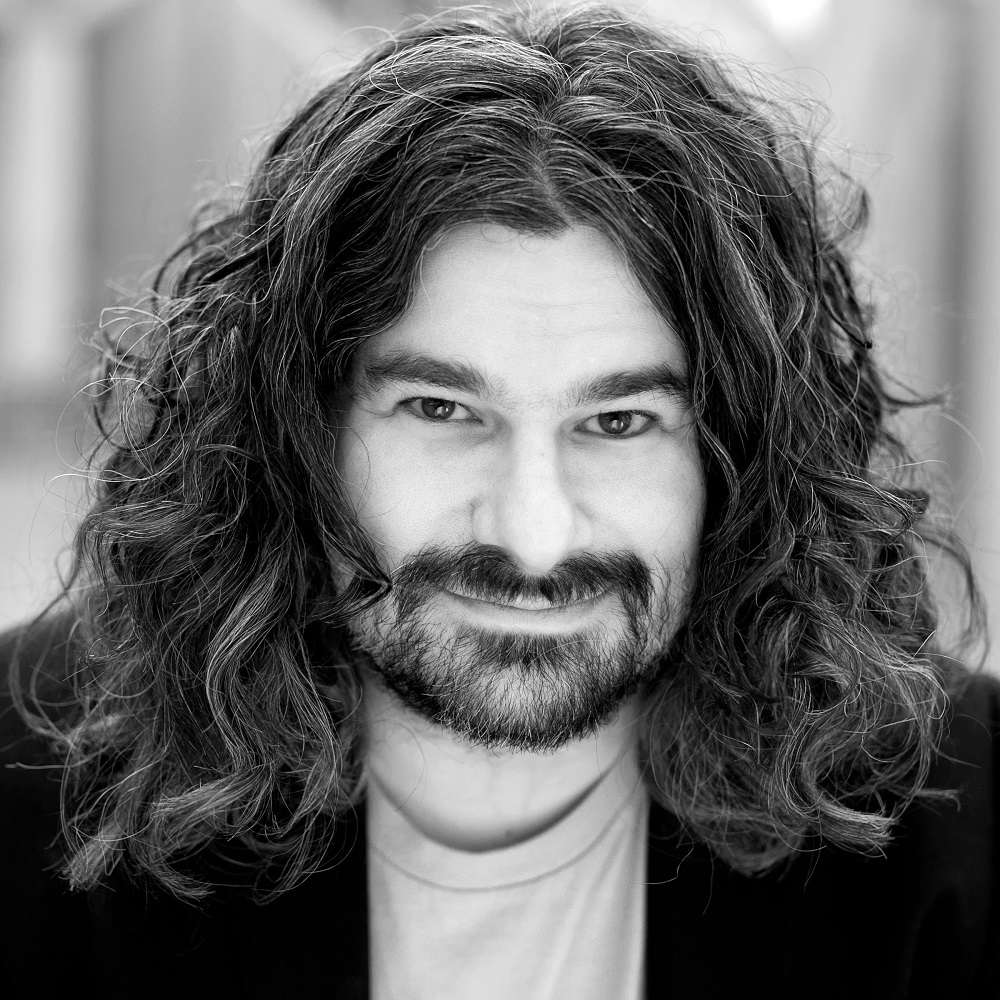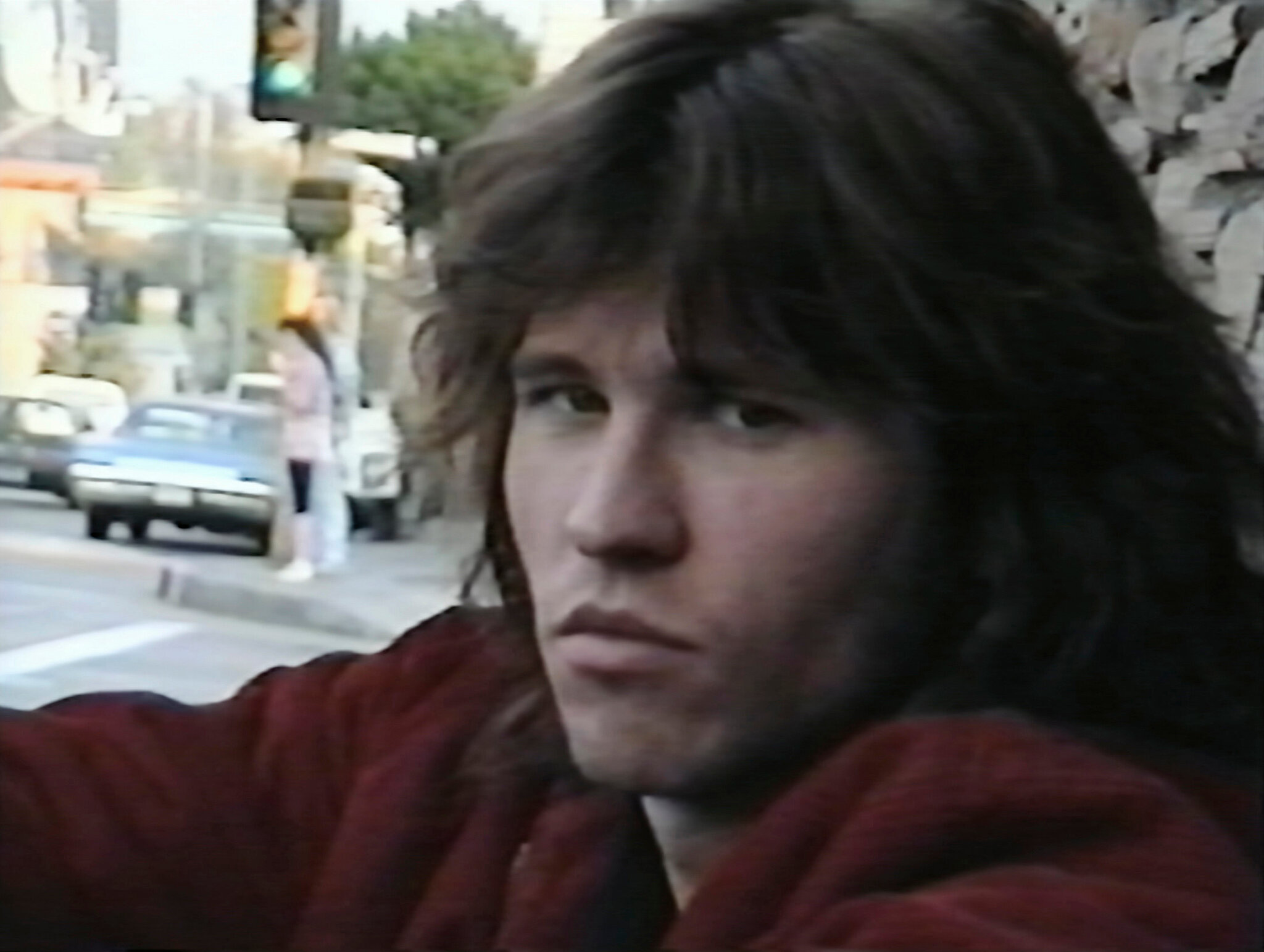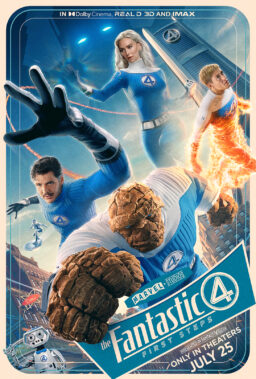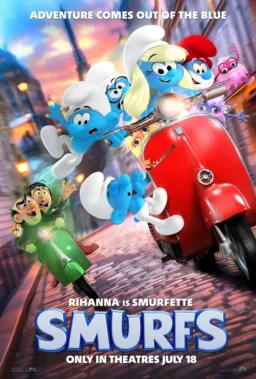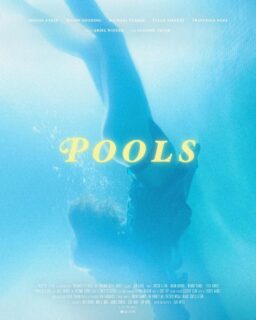Twenty-five years ago, I attended my first Cannes under less than auspicious circumstances. I had a professor promise to grab passes for her students, only to arrive to find that nothing had been reserved. A year living in this country taught me a little bit of the French language and a lot about French bureaucracy, which helped me hustle my way into a pass at a level of access that never should have been mine to have.
I saw masterpieces (“Trainspotting,” “Fargo,” “Breaking the Waves”), disasters (“Sunchaser,” “Girl 6”), and was star struck by a brief encounter with an American critic named Roger Ebert. It quite literally changed the direction of my entire life, and weeks later I had eschewed law school, began to write about film online, and would go on to write a Masters Thesis based in part on an Ebert review that he allowed me to incorporate thanks to a personal response via his infamous Compuserve email account.
A quarter century later, I’m back for my eighth Cannes, and the circumstances are even more complicated and surreal. The main hustle this year was to secure a vaccination in time. Given the dire early COVID vaccine roll-out in Canada, days have been spent managing travel requirements, changing appointments, and watching the price of airline fares double—all in order to return to the temple of cinema on the Croissette. After initially being denied entry to my flight despite all my pre-planning, I finally arrived to palm trees, hot sun, glitz, and glamour—only to head immediately to a tent by the Mediterranean that’s a repository for thousands of vials of spit. This is where everyone from staff to the highest accredited journalist must enter a booth, generate saliva in their mouths and then gently drool to avoid having too much foam and be admonished to deposit more for a satisfactory sample.
Large crowds are meant to be curtailed, but the swarm outside the Palais is as chaotic as ever. On many days, the online ticketing system—clearly built in a rushed fashion, with obvious safeguards such as a proper queueing system, the inability to inadvertently snag more than one ticket, or even adherence to the priority of badge level—has been an utter disaster. There’s then a bottleneck for scanning, and while the main screening rooms need no proof of vaccine (!) to enter the main building itself, access to the smaller venues and press conferences requires a QR code that can only be generated by the donation of your spit, at least for non-EU citizens. As the week has gone by some things have improved, and response times for testing have increased from 30+ hours the first day to the promised 6 hours, but this is occurring as a general complacency about crowding, masks and the like has made a mockery of this COVID-protocol theatre.
Yet the sun still shines, the films still play, the army of volunteer staff is still cheerful as ever, and the press office is full of committed individuals doing their best under extraordinarily complicated circumstances. At this year’s Cannes, we celebrate the survival of cinema, a nostalgic reminder of the big screen experience that was locked away for so many months, but with an undercurrent that maybe things will never truly go back to how they were. In 1939, Dorothy famously intoned that “there’s no place like home,” while a year later Thomas Wolfe wrote that “you can’t really go home again.” It’s these paradoxical contradictions that seem to be fueling this year’s festival, and the best we can do is shoulder the challenges, be thankful for the opportunities, to never forget the privilege of attending when so many continue to suffer so much, and to be open to the wonders presented by filmmakers eager to find an audience.
Cannes isn’t always seen as a mecca for non-fiction like Sundance, TIFF, or other major players on the circuit, but over the years these programmes outside the main competition have showcased some truly remarkable works such as Agnes Varda’s “Faces/Places” or Asif Kapadia’s Oscar-winning “Amy.”

One of my first truly great screening experiences this year was Leo Scott and Ting Poo’s “Val,” an intimate, moving, and genuinely fabulous examination of the life and career of a Hollywood star. I’ve long been drawn to Kilmer and his career, and “Top Secret” and “Real Genius” were formative films from my youth. While “Top Gun” may be his most iconic role, his Batman film the most risible, and “Heat” his most retroactively celebrated, there was always more to the story of this impossibly handsome actor with the cold stare and sardonic smile than even fans may first realize.
Drawn from an ocean of home video footage that Kilmer captured himself over the decades, Scott, Poo and their editorial team do a remarkable job of finding gems along the way. We see the brash young lions at play, with Rick Rossovitch, Tom Cruise, and Kilmer clowning around aboard the U.S.S. Enterprise, each young actor oozing testosterone like spilled jet fuel on the “Top Gun” set. We also see the gentler side, with a closing shot of Kilmer gently resting his head on the bloated belly of his hero Marlon Brando. We watch opportunities squandered, reputations sullied, relationships bloom and fade, and along the way witness the transformation from a life of possibility to a voice that’s literally silenced.
“Val,” like Kilmer himself, is unafraid to be nostalgic, but never wallows in the past or succumbs to being a mere chronology. The narration is read aloud by Val’s son Jack, and the filmmakers do well to show how strange it feels for a child to literally speak for the father. We watch as Val creates manic collages, cutting apart magazines, glossy photos, and newspaper spreads into wild tonal mixtures that somehow evoke the same collisions of past and present that the documentary manages to present. We see his struggles and his successes, his arrogance and his drive for excellence, all in an unvarnished way that never feels invasive. Like the recent and equally remarkable “David Crosby: Remember My Name,” Val’s filmmakers are working with an artist who is now completely open to expose what he has gone through, unabashed about moments of embarrassment placed right beside the grand successes that have instilled a kind of legendary status.
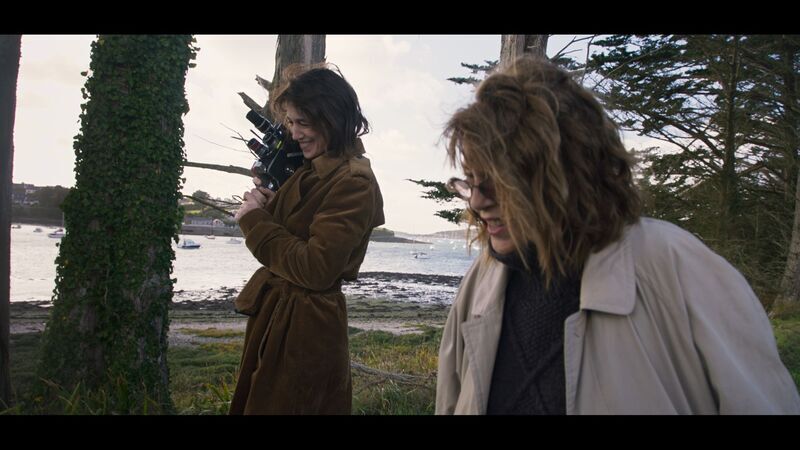
“Jane par Charlotte,” meanwhile, is a far more insular project, dropping any pretense of biography and assuming, whether through arrogance or simply aesthetic convenience, that the audience for this pairing need not be reminded overtly about the accomplishments of the main subjects. Superficially, it is a love letter from a daughter to her mother, with director Charlotte Gainsbourg sitting down with her actress/singer/model mother Jane Birkin as they contemplate the complicated relationships they’ve had with their family and careers.
The opening conversation is both awkward and voyeuristic, with the mother reminding the daughter of how she asked to touch her naked body in her early teens as some last gasp before such an act would be considered sexual. It speaks to the crossing of personal space that much of Birkin’s life was subject to, especially with her fiery relationships with the likes of composer John Barry and iconoclastic French chanteur Serge Gainsbourg, father to Charlotte. Family tragedies are teased out as if we the audience are already privy, learning of the loss of elder daughter Kate through almost casual references to her death. There are no details to hang on here, no probing interview questions from Charlotte, but merely the recognition of the grief by a mother of her troubled eldest child.
It’s this sense of both distance and unnerving intimacy that exhibit the two poles of Gainsbourg’s film. We often witness the daughter photographically capturing her mother’s features with a wide arsenal of cameras, from the latest digital monsters to small “clicky” cams. It’s as if through use of these different angles and contraptions Charlotte is trying to find another way past the image fans have of her mother, past the past, as it were, and delving more deeply into what truly drives the spirit of her parent.
The film gets increasingly surreal, especially during a visit to Serge’s apartment that’s been preserved as if in amber. Jane wanders the place as if in a dream, smelling perfumes that have been bottled for decades and were blended specifically for her taste. It’s a mix of Graceland-shlock and almost sci-fi surrealism, where both mother and daughter occupy the space of a father/husband whose spirit continues to shape the two in ways both subtle and overt.
Jane’s personal tendency to hold on to objects of the past borders on psychosis by her own admission. In many ways the film serves as a kind of nostalgic hoarding, mixed with the kind of voyeurism that the two also admit to being drawn to. We see the adoption of puppies on the one hand and hear how both mother and daughter refuse to sleep in the nude while exposing themselves freely during their waking, working hours. It’s these contradictions that fascinate, and while “Jane par Charlotte” does little to provide an overview of Birkin’s life, it in many ways provides deeper insight than any biopic could have every possibly achieved.

Finally, there’s “Cow,” Andrea Arnold’s visit to a dairy farm that’s sure to gain fans willing to bend to the film’s repetitive style. Many will throw around terms like “experiential” to forgive the nausea-inducing camera work and general aimlessness of much of the documentary, one that easily could have accomplished much of the same without requiring such a numbingly redundant structure and tedious running time.
Audiences are clearly meant to empathize anthropomorphically with Luna, the central cow-acter in this drama. Humans are often offscreen interrupters in this drama that follows from birth to death, with the life literally milked out of the beast. Closeup shots of weepy eyes, unstable footing, and droopy udders wiped free from filth take up much of the film, while moments of roaming the fields contentedly munching are spare at best. When the cow kicks the camera resulting in a loud thump, I admit I felt a shared frustration with the compositional framing.
The film does not benefit for being released after “Gunda,” Viktor Kossakovsky’s far more ambitious and artistically resonant portrayal of similar modes of animal exploitation. Arnold can’t help but inject her own kind of musical score to manipulate further, using Radio One pop songs presented as if diegetic, making more overt the heavy-hoofed direction, despite the trappings of a supposedly pure act of documentary.
Framing the gaze upwards of a cow into a star-lit night is meant to make some think the animal is contemplating the infinite, but this has, of course, far more to do with our ability to empathize during our engagement with cinema than it has to do with the processes taking place within whatever constitutes the cow’s mode of contemplation. Seen in the land of exquisite dairy products, it all feels a bit cheesy. While “Cow” may indeed convert a few to veganism by opening their eyes to how both cows and milk are made, which may or may not be what constitutes the “point” of the project, others will justifiably snore their way through Arnold’s foray into non-fiction.
